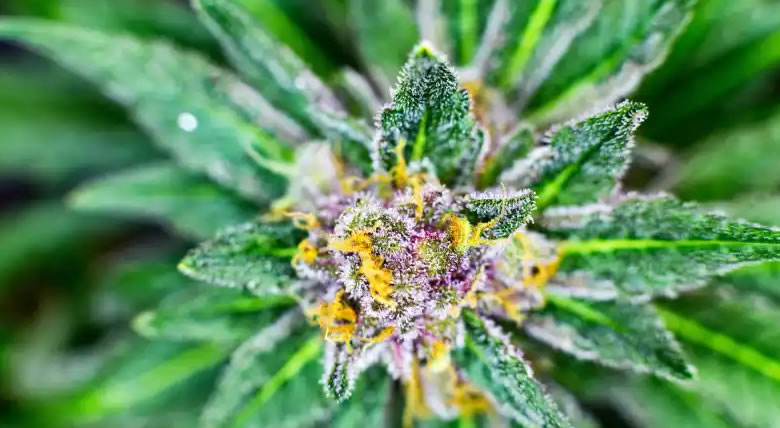Analysis: Legal Cannabis Associated with Less Alcohol-Related Pedestrian Fatalities

With the steady Western normalization of cannabis use over the years, it’s no secret that many consumers use the drug as a substitute for alcohol
Younger generations are also beginning to veer away from alcohol in favor of cannabis and psilocybin, and new research shows that state-level cannabis legalization laws may be even more influential regarding alcohol use and its associated risks.
According to a new study published in the journal International Association of Traffic and Safety Sciences Research, the adoption of legal cannabis laws on a state level is associated with reductions in the number of alcohol-related fatalities involving pedestrians.
The study was conducted by two Florida Polytechnic University researchers, who examined the relationship between cannabis legalization and frequency of pedestrian-involved fatal crashes between 1985 and 2019. The study used data from all 50 states and Washington, D.C. from the Fatality Analysis Reporting System, maintained by the National Highway Traffic Safety Administration.
Cannabis Legalization and Pedestrian Fatalities: An Ongoing Question
The authors point to the potential benefits of cannabis law liberalization beyond its therapeutic potential. They reference the growing literature showing an association between medical cannabis laws and decreased traffic fatalities, citing the evidence that the decline was due to substituting cannabis for alcohol.
Moreover, they reference the mixed evidence as to whether alcohol and cannabis are substitutes or complements in consumption, with some states seeing an increase in alcohol use after legalizing cannabis and others the opposite.
The analysis of overall pedestrian fatalities, those involving alcohol and legal cannabis laws revealed a number of findings. Similar to previous research, the study found that medical cannabis laws were followed by a statistically significant reduction in overall fatalities and in daytime fatalities involving alcohol; nighttime fatalities involving alcohol also saw a decline, though it was not statistically significant.
Following recreational cannabis laws, the study similarly found a statistically significant decline in alcohol-related daytime fatalities and a decline in nighttime alcohol-related fatalities that was not statistically significant. There were no apparent changes in daytime or nighttime non-alcohol-related fatalities related to either medical or recreational cannabis laws.
Affirming the Alcohol Substitution Hypothesis
Researchers referenced the expectation that recreational cannabis laws might have larger impacts than medical cannabis laws, though they suggest that a state’s permissiveness toward cannabis use is generally well-captured by the presence of medical cannabis laws, resulting in fewer differences between states with medical cannabis laws only and both medical and recreational cannabis laws.
The study notes that this can be a complex topic, given the lack of available data on recreational cannabis laws. It’s further compounded by different histories, policies and norms state-by-state, even if they all share a common thread of legal adult-use cannabis. They admit that recreational cannabis laws could even be shown to lead to more pedestrian fatalities “under some sets of circumstances.”
“As of 2019, we find liberalization has been associated with lower pedestrian fatalities, not higher. Further, the pattern is consistent with the alcohol substitution hypothesis,” the researchers conclude. “Specifically, the induced decline in alcohol related fatalities following liberalization is large enough to more than compensate for any additional fatalities due to marijuana consumption.”
Other Reasons For U.S. Increase in Pedestrian Fatalities
The authors also point out that, while state-level cannabis laws were associated with lower pedestrian fatalities, pedestrian fatality rates in the U.S. as a whole began to rise in 2009. They similarly pointed out that the data did, in fact, coincide with cannabis liberalization in the U.S., though a 2018 study similarly examining the increase of pedestrian fatalities over a 10-year period didn’t explicitly blame cannabis or high drivers.
In fact, the report highlighted that the use of cell phones could be a possible cause for the country-wide increase, referencing a 236% increase in active smartphone use from 2010 to 2016. In tandem, the number of cell phone-related emergency department visits increased during this period.
The report also noted that a number of other factors can impact the number of pedestrian collisions and deaths. Specifically, lower fuel prices, good weather and better economic conditions can all translate into more miles driven and walked.
By: Keegan Williams | HighTimes.com
